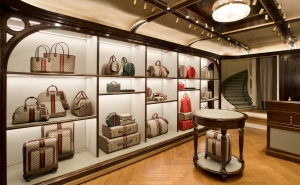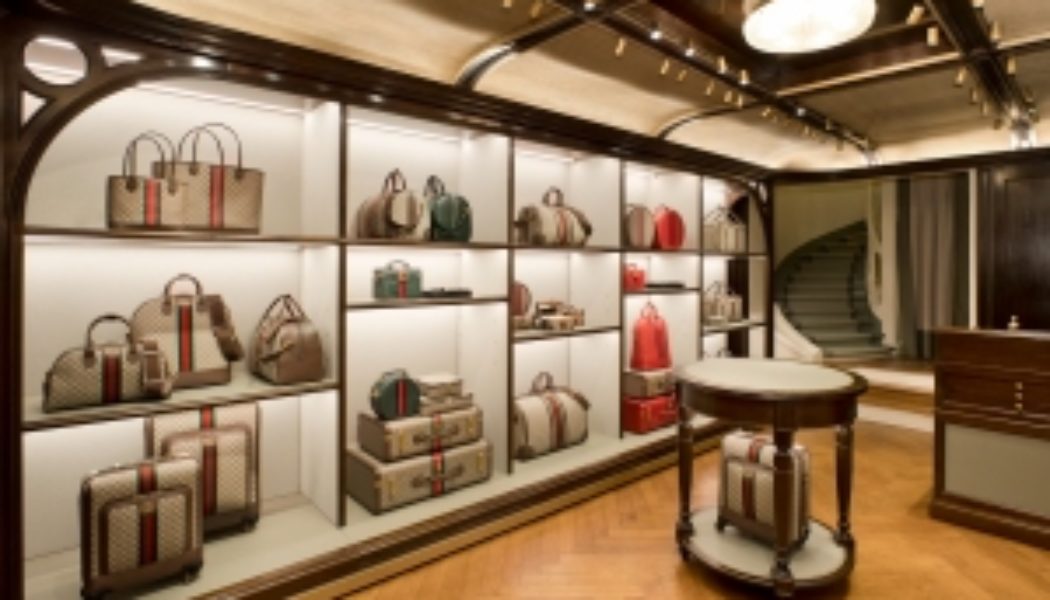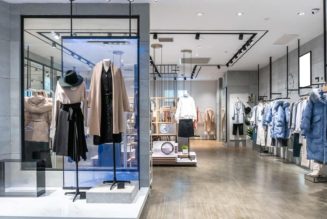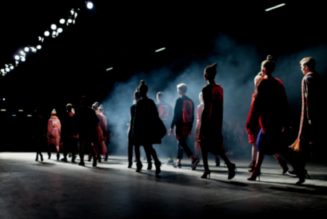“It’s probably not worth their while to be the richest person in the graveyard.”
That revelation is why top-tier consumers are fueling luxury sales in the sector, according to Luca Solca, who summed up the global luxury market Thursday night at a French American Chamber of Commerce event in New York. Just how long that mindset will last remains a matter of debate, the Bernstein senior analyst said. High-end demand in Europe and the U.S. is still very healthy after two strong years of sales. Inevitably though, this post-pandemic euphoria will normalize, Solca added.
The freewheeling spending is being driven mostly by “how people feel, what they want to do and what they want to spend money on,” Solca said. Even if some consumers’ see their stock market portfolios decreasing, they “don’t care and want to have a good time” after experiencing two terrible years due to the pandemic, Solca said. As many are eager to be out and about again, the demand for new dresses, shoes and handbags is outweighing jewelry purchases, which spiked due to gifting during the pandemic and continue to show strong results, he added.
Before the pandemic, Chinese shoppers accounted for 30 to 33 percent of luxury consumers; American consumers comprised 22 percent, and European ones accounted for 18 percent. More recently, the surge by American and European shoppers in the past two years has taken some of the overall market share from Chinese consumers, however, with the lifting of lockdowns in China in the past few months, the expectation for 2023 “is a very strong rebound for Chinese luxury spending,” Solca said, adding that estimates that that market could grow at 7 percent seem “very low,” based on feedback from companies in China that have indicated the potential to double or triple sales in their own stores there. The rebound sparked by Chinese consumers is expected to extend into next year, which would be conducive to sustaining “above-average demand for the industry,” as in double-digit percentage gains on average this year and next, he said.
To highlight “how thin the penetration of Chinese demand is, Solca noted how Louis Vuitton indicated in 2018 that it had 5 million Chinese consumers globally, representing .03 percent of the population in China.
Noting how that may bode well for the stock market, Solca said he has never been so busy speaking with investors in the last 20 years.
Referring to Global Blue data, Solca said that between 2019 and 2022 the top spenders globally have grown between 2.6 and 2.7 times and the bottom spenders have grown by about 30 percent. With the return of shoppers from China, who can now travel more freely, luxury stores, including some that already have waiting lists and require appointments, could potentially get very crowded, he said. “This could cause the service levels of our industry to get worse. They are already poor, frankly with the queuing [that is sometimes] required in front of the stores, and waiting forever to get what you want.”
“The industry is building on a paradox, by selling the perception and illusion of exclusivity while growing exponentially,” Solca said. Modern luxury brands have reconciled that by never discounting “to maintain that perception of exclusivity while selling as much as they possibly can,” he said.
Not anticipating a slowdown in American or European luxury spending anytime soon, Solca noted how the luxury industry in Europe is considered as strong as the technology sector there. “LVMH has the largest market cap in Europe today,” he said.
The greatest risks to the luxury market are geopolitical developments — namely if the relationship between the U.S. and China continues to deteriorate, and international trade suffered, with sanctions applied to China. “This would be a very good day to buy luxury goods stocks, because they would fall a lot,” he said.
Another challenge for retailers is how social media and online information and interest are deterring some from in-store visits. That means stores need to be more exciting and engaging — hence the influx of pop-ups and limited-edition designs — and the added fixed costs of such endeavors. That is also leading to greater consolidation and the “big companies get bigger and smaller brands struggling to stay in the game, because they don’t have the ability to spend more and human resources to dedicate towards all of these new fronts that have been emerging,” Solca said.
The uptick in top-tier luxury spending has lead to dedicated VIP rooms, and soon by-appointment VIP stores, Solca said. Increasingly, luxury brands are reducing wholesale accounts to avoid competing with them, building their own direct-to-consumer and maintaining full-price shopping. Gucci, Prada and Burberry, for example, have halved their wholesale presence, Solca said.

Afterward, he spoke with WWD about how luxury brands need to be integrating and upstreaming manufacturing so that they produce goods directly to secure capacity and to claim that ESG criteria. “The time of greenwashing is over. Companies need to be true to what they say. That is the best insurance policy. That is the best guarantee — that you are respecting the environment and the workers as well.

He also spoke about how luxury brands are seeing robust sales from their top-shelf spenders, while also using their advertising and social media to cast a wider and more diverse net. “They use different categories for different customers. All of the luxury brands are getting into beauty because that is the luxury of the poor so you give that to the masses,” he said, noting how couture, the most expensive products, uphold a brand’s highest standard. “[Luxury] brands are going into beauty and couture to be different things to different people,“ Solca said.
There’s a battle for attention that is going on, too. “Why do these collaborations like the one with all the polka dots [that Louis Vuitton] with Yayoi Kusama? To attract attention,” Solca said.
“Who you are and how important you are in the world is probably more important than the technical skills that you bring to the job of designing whatever line you are responsible for because you have very strong teams behind you any way,” he said.









